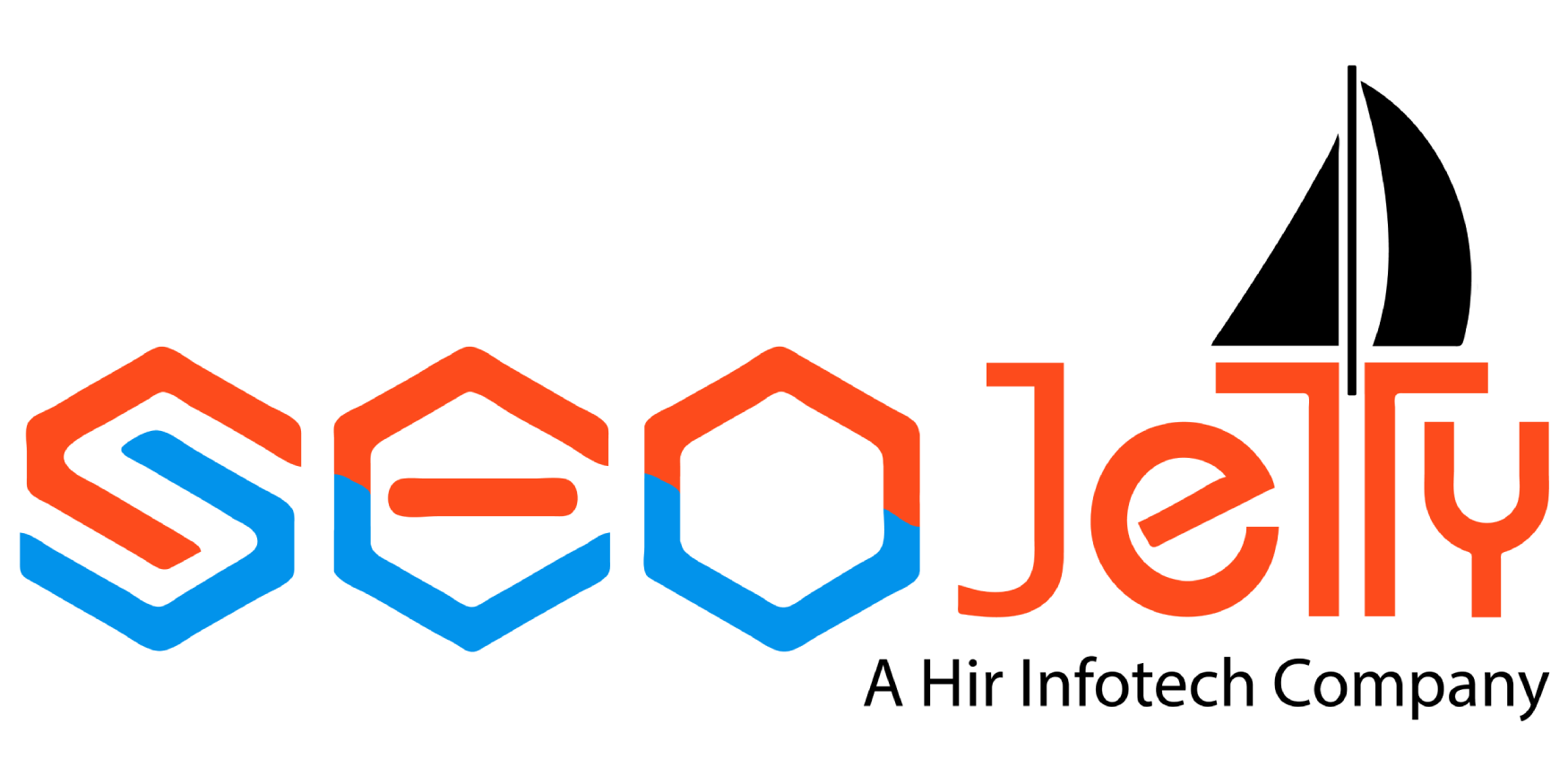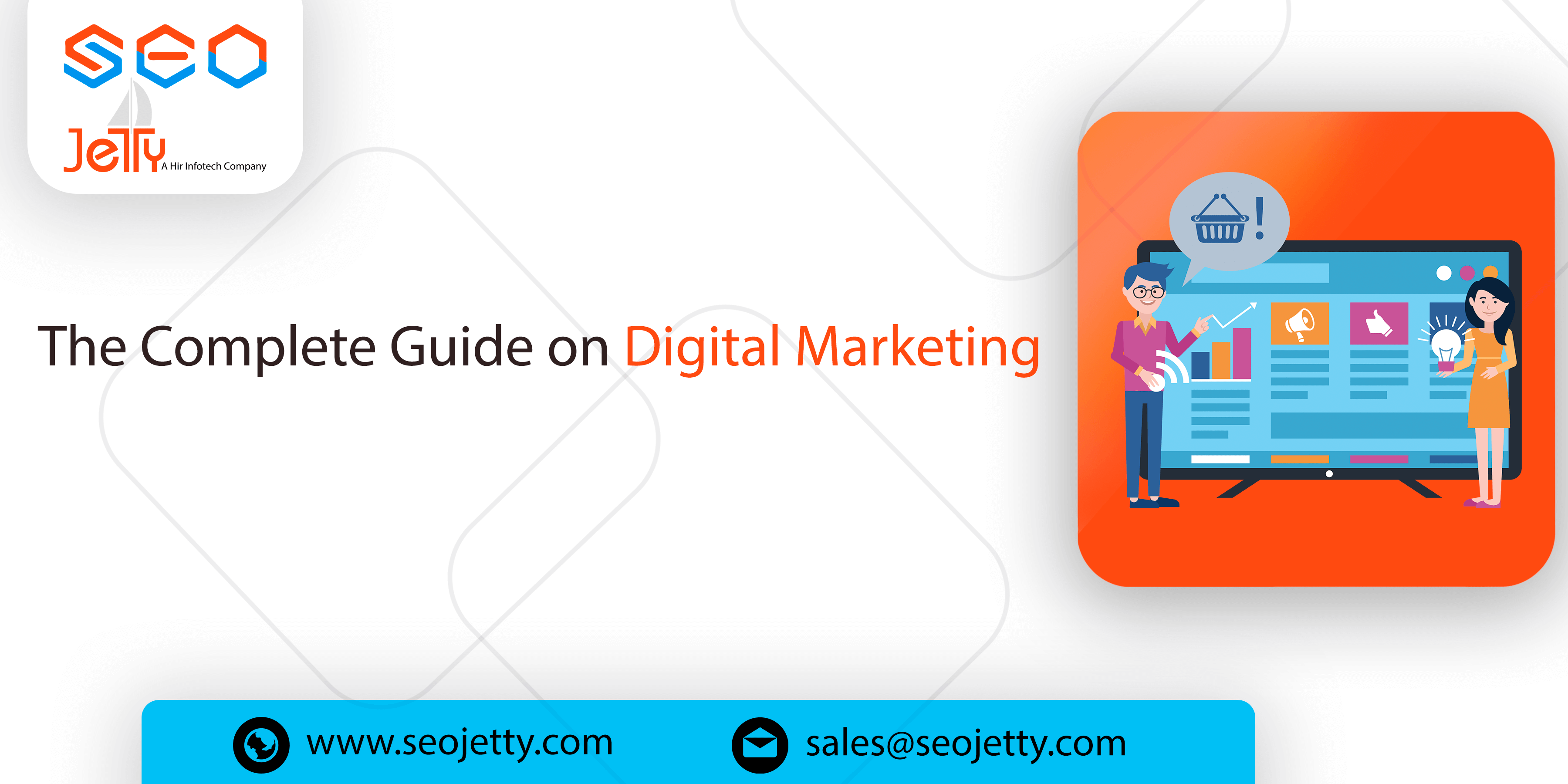
Because search engines are constantly evolving, search engine optimization is constantly changing. A semantic SEO approach can assist you in gaining a competitive advantage. Your online content should evolve as search engines adapt to deliver the greatest results for conversation inquiries.
How does semantic search function?
By understanding user purpose and language, the semantic search returns the best results for user queries. Search engines have achieved a thorough understanding of the semantics (or meaning) of words and phrases, as well as how they relate to one another, thanks to machine learning and artificial intelligence. Google recognizes items and topics and categorizes them using The Knowledge Graph.
This is a far more advanced strategy than the keyword matching utilized by early search algorithms. Today, the semantic search engine is constantly improving its understanding of language in order to provide the most relevant and helpful results to each given query. This necessitates an understanding of the search intent as well as the intent of the content being delivered to the user.
The use of semantics to enhance e-commerce SEO
How can semantics help market products? Is it only for journalists, publishers, and blogs? No. All webpages need semantic SEO.
Semantic SEO can benefit e-commerce sites. It works well in e-commerce. Category, product, and landing page copy should consider phrase-based indexing, natural language processing (NLP), content organization, and readability.
Make sure the information you provide is not just unique but also beneficial, exhaustive, and well-structured. Include relevant entities on the pages for the category, the subcategory, and the product.
Explain your items and ranges. Look at their pros. Keep your audience in mind and make your material useful for search engines and users.
I created semantic content for over 200 categories, subcategories, products, and information pages for an e-commerce business using NLP terms and entities. To create high-performing content, we considered content structure, co-occurrence, entities, synonyms, and term relationships beyond basic search term research.
Creative industries and B2B service
In industries such as service and creative creation, large web pages with a lot of text function well for semantic optimization.
Content is key.
B2B service and creative industry websites contain few critical pages. You may have fewer service options than e-commerce businesses with hundreds or thousands of subcategories and product pages.
Informational material can make or break your site. We raised e-commerce website informational search queries by 75% by adding FAQ and informative material. They only rank 12% of their keywords.
My service site’s keyword rankings are 76% informational. These pages provide context for a service provider’s specialties, making semantic linkages. They couldn’t demonstrate their competence without these accompanying pages.
Developing semantic content in the home and DIY (do-it-yourself) market
If you work in the home and DIY industry, you may sell high-ticket things or services that take a little more convincing to complete the deal. The common consumer may not have all of the DIY skills required to complete their project and will most likely seek extra information before making a purchase.
Creating semantic content that not only helps people but also drives search traffic and enhances your chances of becoming a relevant authority is one way for you to overcome these sales barriers and succeed in your business.
Frequently asked questions :
How does Google semantic search work?
In semantic search, human purpose, context, and conceptual meanings are taken into consideration in order to match a user query with the relevant content. It does this by utilizing vector search and machine learning to provide results that attempt to match a user’s query, even if there are no word matches that can be found.
What is semantic SEO structure?
Semantic SEO is a marketing approach that enhances website traffic by providing meaningful metadata and semantically relevant content that clearly responds to certain search intent. It is also a strategy for arranging content collections into thematic groupings rather than keyword groups.
Why is semantics challenging?
A youngster who struggles with semantics may have trouble following directions or comprehending conversations that use words with several meanings. As they might only be familiar with one meaning or find it challenging to comprehend that certain words have multiple meanings.









